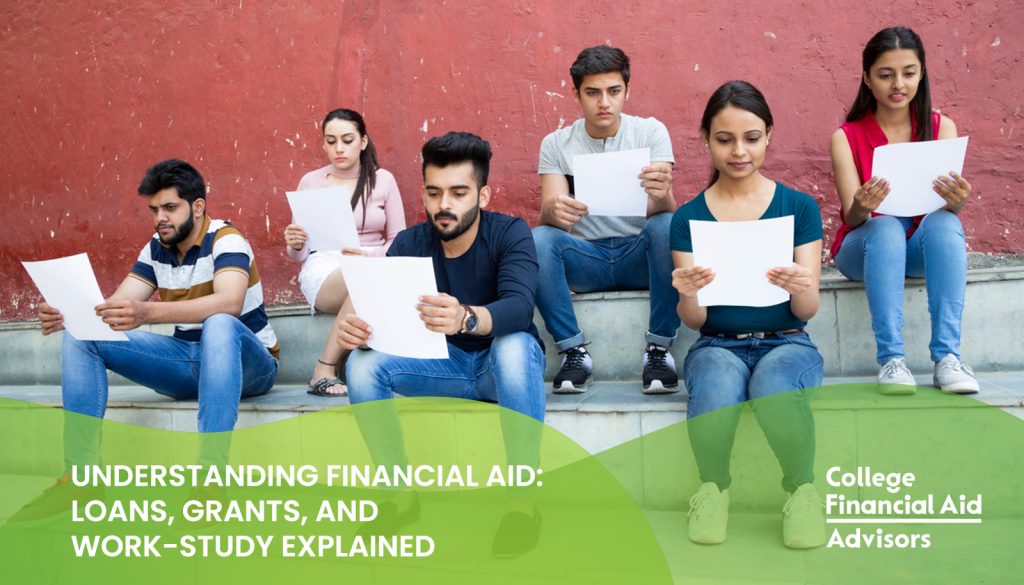Financial Aid Glossary: Terms You Need to Know for College Planning
Applying for college can feel like learning a new language, especially when you have to start understanding all of these new terms! However, it is so important to understand the various acronyms and terms you’ll see in applications, on paperwork, and in your financial aid offer letters. Otherwise, you’re unable to make informed decisions with your family about how to pay for school! In this guide, I’ll break down some of the most important key financial aid terms you need to know to approach the college process with confidence and clarity! FAFSA (Free Application for Federal Student Aid) The FAFSA is a form that students and their families fill out to determine their eligibility for financial aid, including federal grants, work-study programs, and loans. It is essential to fill out the FAFSA as early as possible to maximize your financial aid options! This typically opens in October and the process has gotten slightly easier in the past years. Cost of Attendance (COA): This is the total estimated cost to attend a specific college, including tuition, fees, room, board, and other expenses. Knowing the COA helps you understand how much financial aid you may need. Remember, when you begin comparing schools, be sure to look at all of these components to make accurate comparisons. Subsidized vs. Unsubsidized Loans: A subsidized loan is a federal loan where the government pays the interest while you’re in school. An unsubsidized loan accrues interest from the moment it’s disbursed, meaning you’ll owe more after graduation. Read a more detailed blog on the differences here! Grants Grants are a type of financial aid that are not repaid. They are based on financial need. The most common federal grant is the Pell Grant, which is available to undergraduate students who demonstrate significant financial need. Scholarships Scholarships are funds awarded to students based on various criteria, including academic achievement, extracurricular involvement, or specific talents. Like grants, scholarships do not get repaid so prioritize these when you can. Scholarships come from colleges, private organizations, or community groups. Don’t forget, check for these frequently! Even after college begins, you can use scholarships to help keep your costs low! Work-Study Programs: Work-study is a federal program that provides part-time jobs for students with financial need. The program allows them to earn money to help pay for their education expenses. These jobs are typically on-campus, but some may be with local nonprofits or community organizations. Merit Aid: This is usually some type of grant or scholarship provided by the college based on a student’s abilities in academics, athletics, arts, or some other area. Student Aid Index The Student Aid Index replaced the Expected Family Contribution from prior years, which was the amount a family would have to pay out-of-pocket for college expenses. Now, the SAI will help colleges and universities determine how much funding a student can receive. You can read about how the SAI might impact your family here! Understanding financial aid terminology isn’t just about passing a vocabulary tes. It’s about empowering yourself to make smarter choices about college costs. The more you know, the better equipped you’ll be to compare offers, apply for the right aid, and avoid costly mistakes. More about Jodi and College Financial Aid Advisors Jodi is a FAFSA financial advisor who helps with the financial aid process to help families of college students maximize their financial aid. From completing the FAFSA and completing the CSS Profile to reviewing the SAR, responding to requests for verification, comparing financial aid offers and understanding student loan options, Jodi is a fantastic resource when it comes to student financial aid. Schedule a 15 Minute Power Chat to learn more about finding ways to pay for college.










